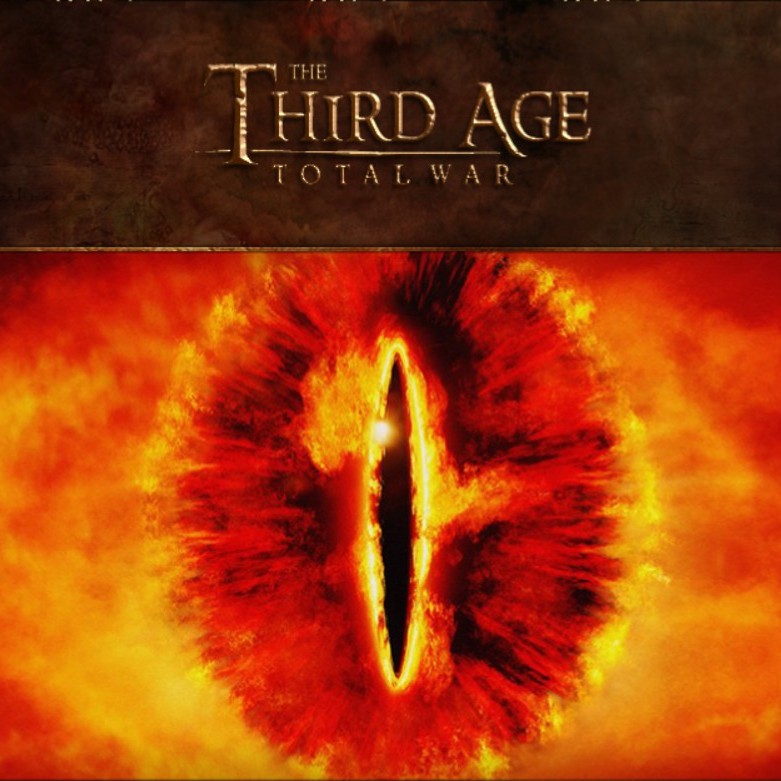
You will now be able to start mods directly from their desktop shortcut. In this case you will either have to temporarily disable the AV and download\run the installer again or use the manual method. Note: some Antivirus programs (eg Norton) might block\remove the installer when it is run due to the procedure. I have now put it into installer which you can download here.Īfter downloading simply run the installer from your download directory and make sure it points to your Steam directory - unless your registry is messed up it should do so automatically. Installer MethodFor some reason a code by Meloo182 that automates the above procedure has been lingering in the depth of the Stainless Steel forum. Proceed and rename it to kingdoms, press return once you are finished. This will create a file named 'medieval2 - Copy' - now select\highlight this file and press F2, this will allow you to change the name of the file.

Make a copy of the medieval2 application file: select\highlight the file, press Ctlr+C and then press Ctlr+V.In the new window click the 'Local Files' tab and then click 'Browse Local files'. Locate the steam folder containing the game's executable: in your Steam game library right click Medieval II: Total War and select 'Properties' in the drop down menu.Manual MethodThe tried and tested method for a long time now: Here is the step by step way how to do it: ImplementationAll of the above aren't really necessary unless the method described below doesn't work at all (it's a long story why that may happen and cannot be fixed), in fact a one time copy\rename action will make nearly every mod playable from it's desktop shortcut.



Creating new desktop short cuts via the launcher.Renaming the mod's folder to one of the original kingdom campaigns, eg crusades.IntroductionIt would appear that three rather cumbersome methods are widely used to make mods Steam compatible:


 0 kommentar(er)
0 kommentar(er)
